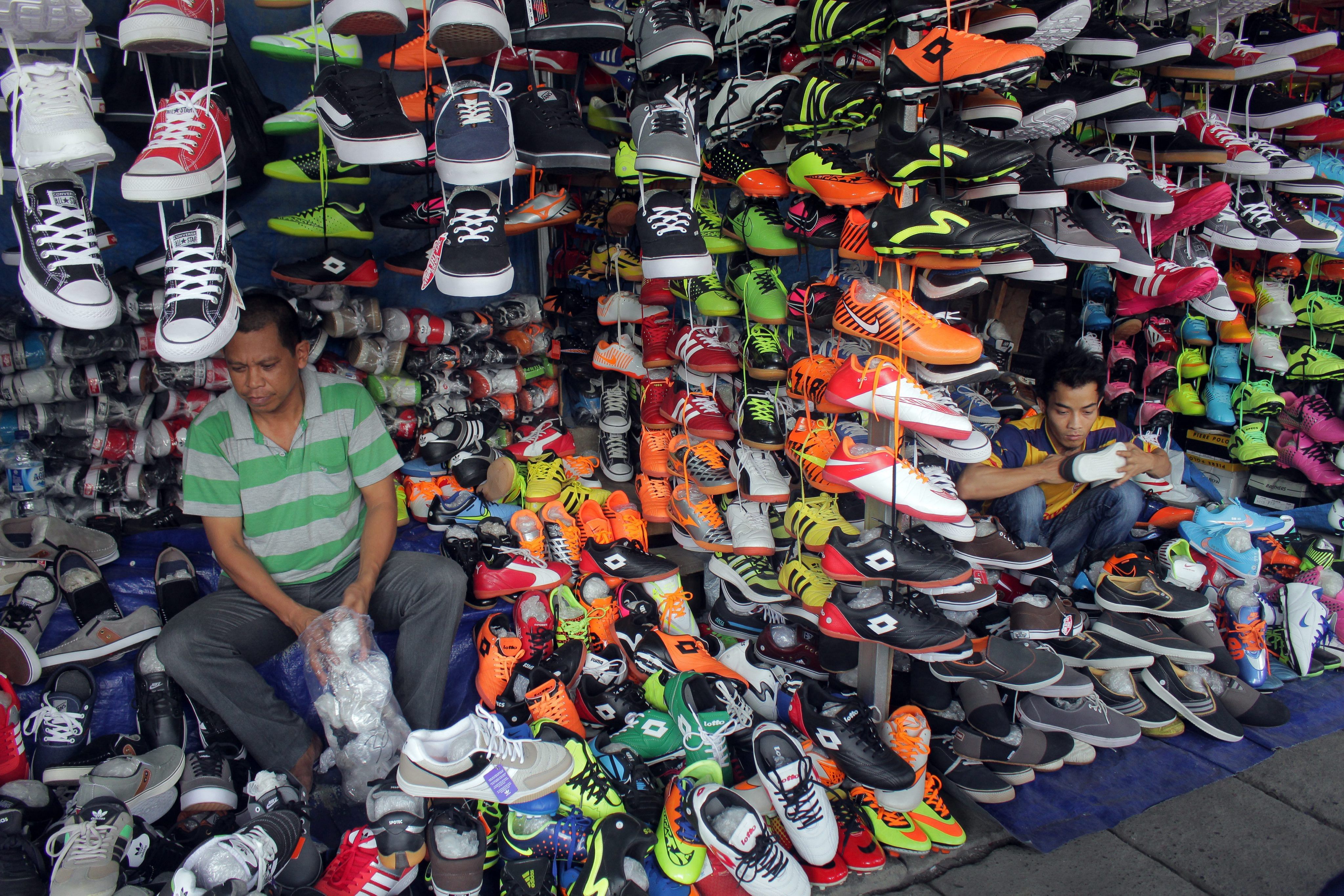6 things you need to know about Asean Economic Community
Sign up now: Get ST's newsletters delivered to your inbox

Women working at a plastic factory, which makes plastic parts for electronic production, in Que Vo district, outside Hanoi.
PHOTO: REUTERS
Jacqueline Woo
Follow topic:
Asean will reach a historical milestone once the Asean Economic Community (AEC) comes into existence on Dec 31, 2015. Here are some facts about AEC and what it will mean for the people and businesses in Asean.
1. What is the AEC?
The AEC aims to integrate South-east Asia's diverse economies into a single market with 625 million people and a combined gross domestic product of US$2.5 trillion in 2014.
It is to be defined by a few key characteristics - a single market and production base, a highly competitive economic region, a region of equitable economic development and a region fully integrated into the global economy.
The areas of cooperation among Asean members include:
- Human resources development and capacity building
- Recognition of professional qualifications
- Closer consultation on macroeconomic and financial policies
- Trade financing measures
- Enhanced infrastructure and communications connectivity
- Development of electronic transactions through e-Asean
- Integrating industries across the region to promote regional sourcing
- Enhancing private sector involvement for the building of the AEC
- Human resources development and capacity building
- Recognition of professional qualifications
- Closer consultation on macroeconomic and financial policies
- Trade financing measures
- Enhanced infrastructure and communications connectivity
- Development of electronic transactions through e-Asean
- Integrating industries across the region to promote regional sourcing
- Enhancing private sector involvement for the building of the AEC
In short, the AEC will transform the Asean economy into a region with free movement of goods, services, investment, skilled labour and freer flow of capital.
2. Who will make up the AEC?
The AEC will comprise the 10 Asean members - Brunei, Cambodia, Indonesia, Laos, Malaysia, Myanmar, the Philippines, Singapore, Thailand and Vietnam.
Each member already has its own attractive characteristics for investors, including favourable demographic profiles, abundant natural resources and low-cost labour, among other factors.
3. When is it being launched?
The AEC - which has been years in the making - is targeted to be formed by Dec 31, 2015.
The Asean Leaders adopted the Asean Economic Blueprint at the 13th Asean Summit on Nov 20, 2007, in Singapore; the document serves as a coherent masterplan for the AEC.
4. How will the AEC change the global landscape?
By transforming Asean into a single market and production base, the AEC will boost the competitiveness and connectivity of the region as a whole. If implemented, the AEC could lift aggregate output by 7 per cent by 2025.
Ideally, the AEC will help link up the less developed economies with the more developed ones, bringing about a more equitable economic development across the region. Asean as a whole will be better integrated into the global economy.
Asean as a single economy is forecast to become the fourth largest economy in the world by 2030, behind only the United States and China.
5. What does it mean for businesses?
The AEC, as a single market comprising more than 600 million people, has sparked keen interest among foreign investors.
For businesses, this could spell positive prospects. Besides getting to enjoy lower trade barriers and higher trade flows, they can access larger markets and enjoy the same incentives regardless of which Asean country they operate in.
With tariff and non-tariff fully eliminated, those looking for opportunities within the region will be able to expand more easily, while tapping on the integrated production base.
Small and medium-sized enterprises will be better placed to expand regionally and then globally.
6. What does it mean for individuals?

The AEC could generate around 14 million new jobs by 2025, which means more opportunities in the corporate workplace.
This means that competition will increase as well.
Market watchers such as CBRE have said that the AEC could ramp up the demand and supply of industrial and office space in most Asean markets as more small and medium enterprises and multinational corporations set up shop in the region.
This in turn may boost household disposable income as the demand for blue and white collared workers grow and the pace of urbanisation picks up.
A more affluent middle class will also drive the consumption of goods and services, which is beneficial for the economy as a whole.
6. What is the progress on the AEC so far?
While the AEC has made headway in certain areas, government officials and market watchers have noted that the road towards a fully integrated AEC is still mired in challenges.
Tariffs on exports of Asean-originating products between member states have already been removed, but businesses investing across borders continue to face non-tariff issues such as convoluted licensing and land acquisition requirements.
There are also significant barriers to the flow of services, with companies facing various foreign equity restrictions in all Asean countries.
Service trade policies in Asean are more restrictive than in any other region in the world except the Persian Gulf, according to a World Bank report published in April 2015.
Labour mobility for skilled workers is another issue.
Between 2005 and 2012, Asean countries signed mutual recognition arrangements (MRAs) in six sectors - engineering, nursing, architecture, medicine, dentistry and tourism - as well as framework arrangements on MRAs in surveying and accounting to help facilitate cross-border labour mobility. These agreements allow each member country to recognise education and experience, licences and certificates granted in another country.
But implementation in this area has been slow because in practice, existing national legislation and regulations run counter to regional commitments to labour mobility and discourage cross-border movements by professionals.

